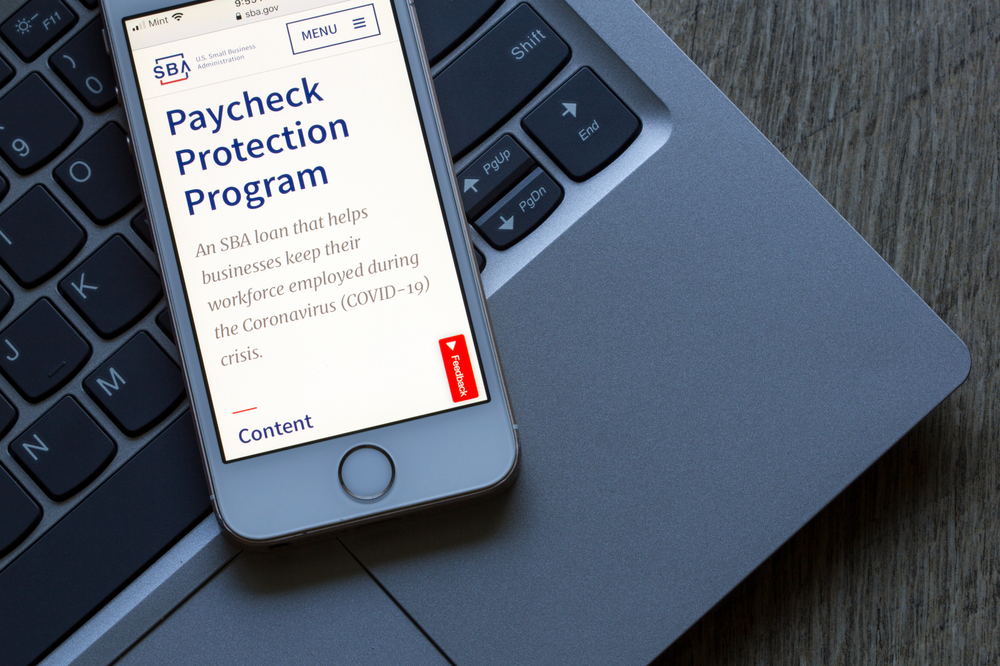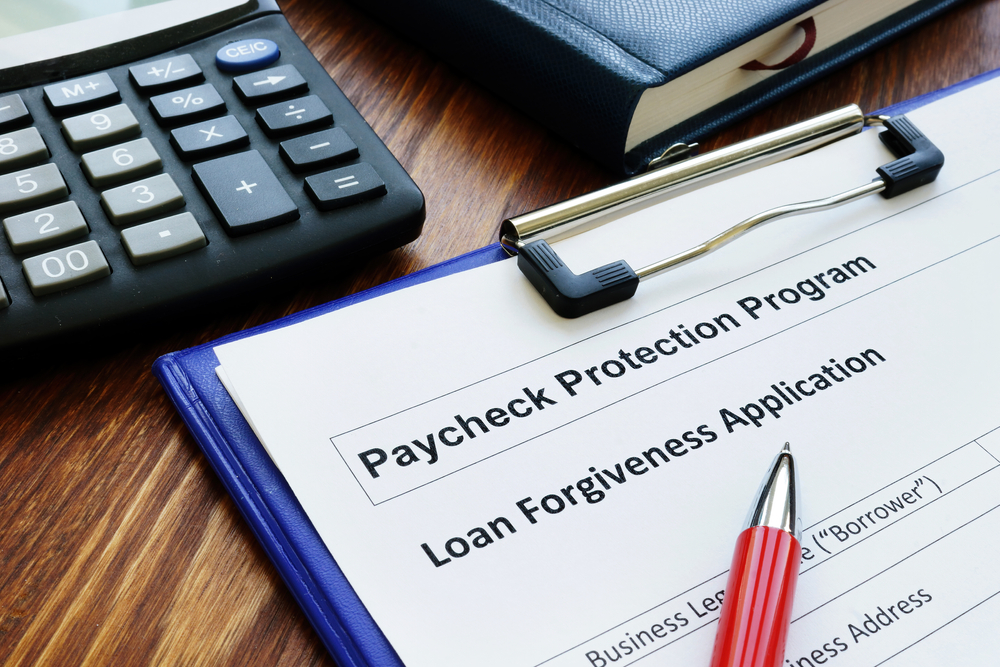
IRS Says No Information Returns When PPP Loans Are Forgiven Under CARES Act
September 24, 2020
PPP Update: Loan Forgiveness Application Deadline Clarified
October 15, 2020The Treasury Department and the Small Business Administration (SBA) have announced the release of a simpler loan forgiveness application for Paycheck Protection Program loans of $50,000 or less.
Background.
The CARES Act authorizes the Small Business Administration (SBA) to make loans to qualified businesses under certain circumstances. The provision established the PPP, which provides up to 24 weeks of cash-flow assistance through 100% federally guaranteed loans to eligible recipients to maintain payroll during the coronavirus (COVID-19) pandemic and to cover certain other expenses. The Paycheck Protection Program Flexibility (PPPF) Act made substantial changes to the PPP, including decreasing the percentage that loan proceeds must be used on payroll costs from 75% to 60%, thereby increasing the percentage that may be used for nonpayroll costs such as rent, mortgage interest and utilities from 25% to 40%. Additionally, the PPPF Act permits borrowers to defer payments of principal, interest, and fees to 10 months after the last day of the covered period (the earlier of 24 weeks or December 31, 2020). Prior to the PPPF Act, the deferral period would end after six months. The application period closed on August 8, 2020. The SBA began approving PPP forgiveness applications and remitting forgiveness payments to PPP lenders on October 2, 2020.
De minimis exemption.
The Treasury Department and SBA released related Interim Final Rules that provide guidance regarding the forgiveness and loan review processes of PPP loans of $50,000 or less. The rules provide that borrowers of loans of $50,000 or less who submit the simplified Form 3508S (PPP Loan Forgiveness Application Form) will be exempt from any reductions in loan forgiveness based on reductions in full-time equivalent (FTE) employees or reductions in employee salary or wages that would otherwise apply. The SBA and Treasury Department have determined that it is appropriate to exercise their joint rulemaking authority to grant de minimis exemptions under Sec. 1106(d)(6) of the CARES Act.
Loan review rules.
The Interim Final Rules also make changes to loan review rules. Due to the new Form 3508S, the rules revise certain provisions related to loan forgiveness and loan review procedures. The rules require lenders to confirm receipt of the certifications on Form 3508S or an equivalent form and receipt of the required supporting documentation. Lenders are not required to independently verify the reported information if supporting documents are submitted and the borrower attests that it accurately verified the payments for eligible costs.
Excess payroll and nonpayroll costs.
If a borrower submits documentation of payroll and nonpayroll costs that exceed the amount of the PPP loan, the borrower may not receive an amount of loan forgiveness in excess of the principal amount of the PPP loan. The lender is instructed to confirm receipt of the documentation and confirm the borrower’s calculation on the PPP loan forgiveness application (Forms 3508 or 3508EZ).
The rules have not yet been published in the Federal Register.
Simplified loan forgiveness application.
The Treasury Department and the SBA have released Form 3508S (PPP Loan Forgiveness Application Form) and its instructions. The simplified PPP loan forgiveness application is two pages as opposed to the five-page full application or three-page EZ version. While the SBA and Treasury Department would prefer additional legislation that would simplify the forgiveness process, Form 3508S has been released to help streamline “the forgiveness process for PPP borrowers with loans of $50,000 or less and thousands of PPP lenders who worked around the clock to process loans quickly” while ” also protecting against fraud and misuse of funds.”
Page 1 of the form will require PPP borrowers to supply basic information such as the business’s legal name, FEIN, contact information and PPP and EIDL (when applicable) loan information. Borrowers must indicate the forgiveness amount and provide a number of certifications. Page 1 must be signed by the authorized representative of the borrower. Page 2 of the form is optional and collects demographic information.
The instructions note that borrowers must submit supporting documentation for payroll expenses (i.e., bank account statements, third-party payroll reports, tax forms, and account statements for employer contributions to health and retirement plans) and nonpayroll expenses (i.e., mortgage interest payment receipts, copy of a current lease, invoices for business utility, and related canceled checks or account statements).





